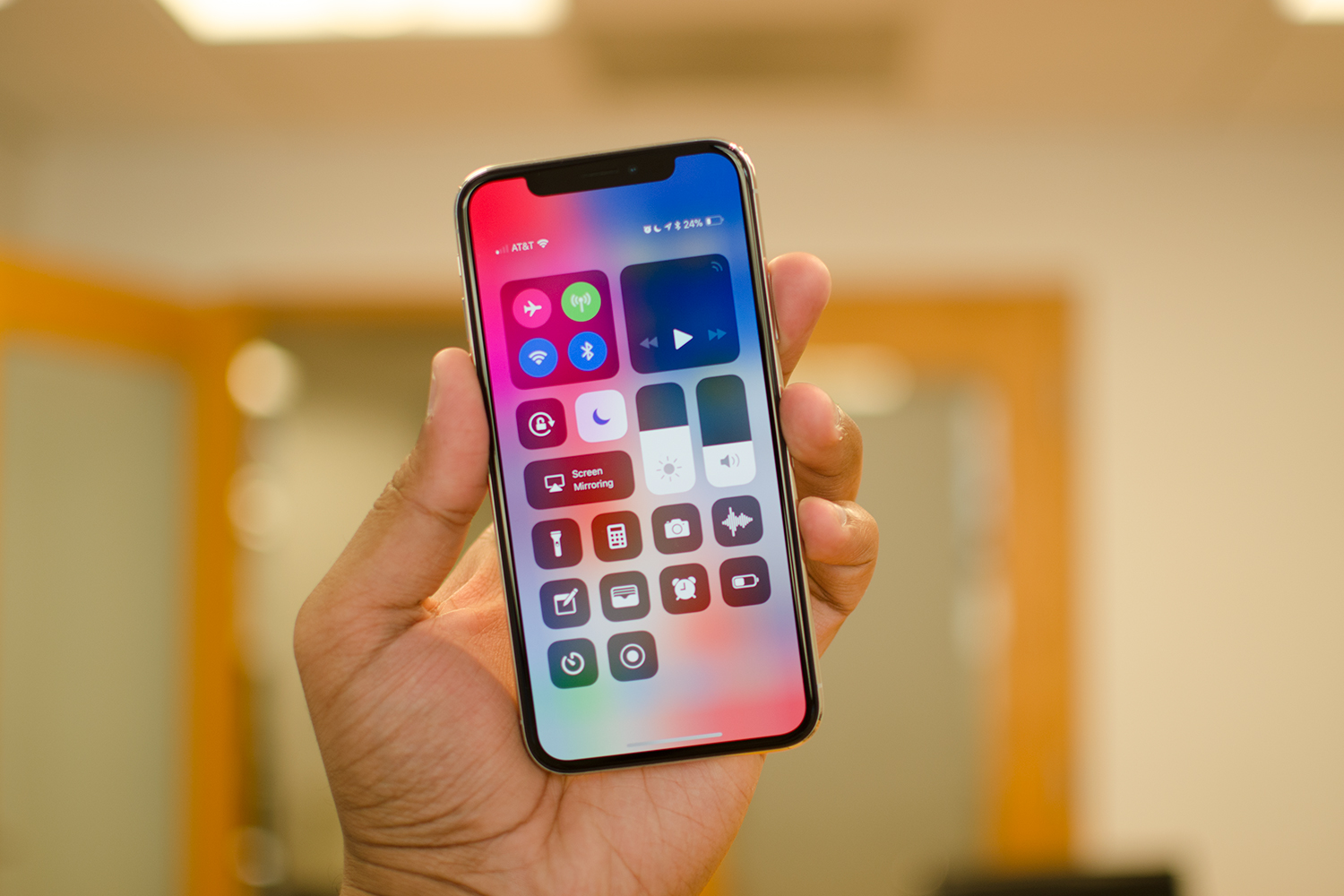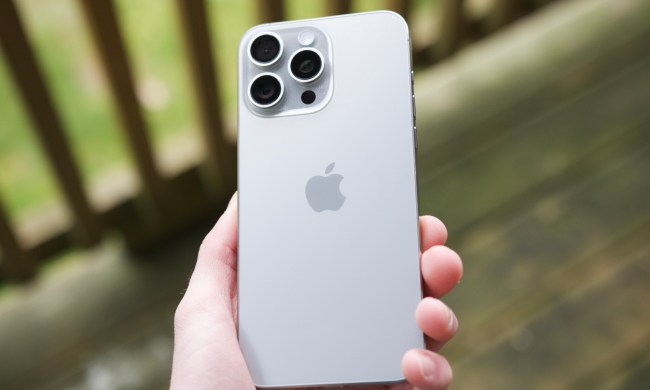Reports may suggest that Apple wasn’t all that impressed with sales of the iPhone X toward the end of last year, but in the last quarter, it hit a pretty massive milestone when it comes to smartphone sales. According to a report from Strategy Analytics, Apple raked in more than half of all smartphone market revenue.
Apple took in $61.4 billion (51 percent) of smartphone revenue, followed very distantly by Samsung. Samsung’s $18.9 billion in smartphone revenue last quarter, which ended December 31, equates to around 15.7 percent. In third place is Huawei, which made $8.4 billion (7 percent). After that, Strategy Analytics simply lists every other company as “others”; those companies account for 26.2 percent of the market.
Contrary to previous reports, and according to Strategy Analytics, the huge revenue was due to “solid demand” for the iPhone X. The average price of the iPhone went up to a hefty $796, up from $695 in the same quarter last year. That makes sense considering the $1,000 base price of the iPhone X, which is Apple’s new flagship model.
China in particular is an increasingly important market for Apple. While Android fans in China have a range of companies to choose from, those who buy iPhones in the country are generally dedicated Apple fans, according to a new report from Fast Company. Still, only 3 percent of activated iPhones in China are the iPhone X. Just 2.63 percent are the iPhone 8 Plus, and 1.36 percent are the iPhone 8. That means the vast majority of people are still using older iPhone models — though that’s to be expected.
According to a report from The Motley Fool, Strategy Analytics’ revenue forecast is slightly different from Apple’s. Strategy Analytics notes Apple made $61.4 billion, while Apple’s official figures come in at $61.6 billion — though that’s apparently because Strategy Analytics’ report doesn’t count wholesale revenues.
Other companies are still holding their ground. Motley Fool notes that Huawei is gaining steam, thanks largely to its aggressive release of low-cost devices. Of course, Huawei could be gaining even more steam if it was selling phones in the U.S. — but U.S. lawmakers and law enforcement agencies have expressed concern with Huawei phones because of Huawei’s strong relationship with the Chinese government.




